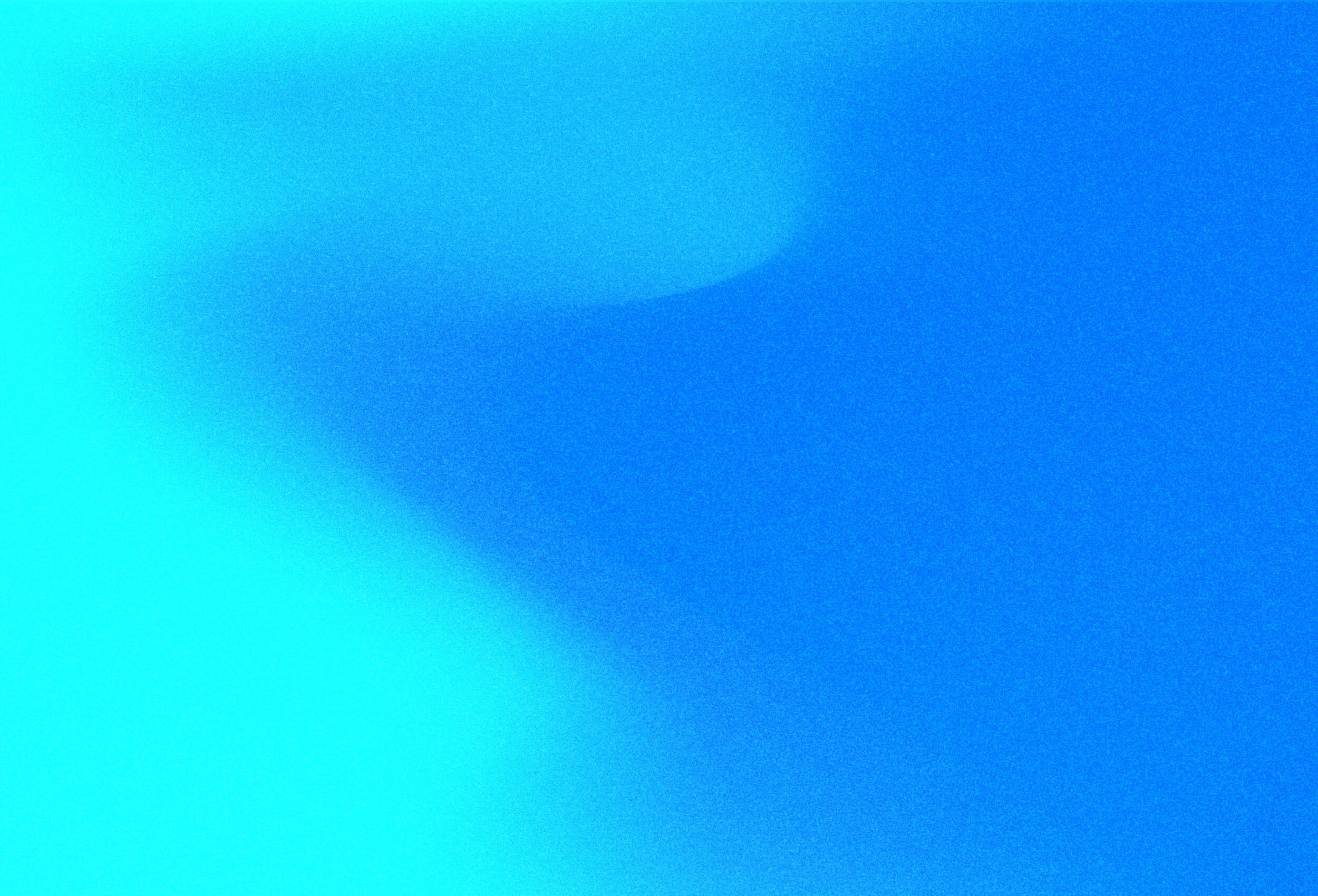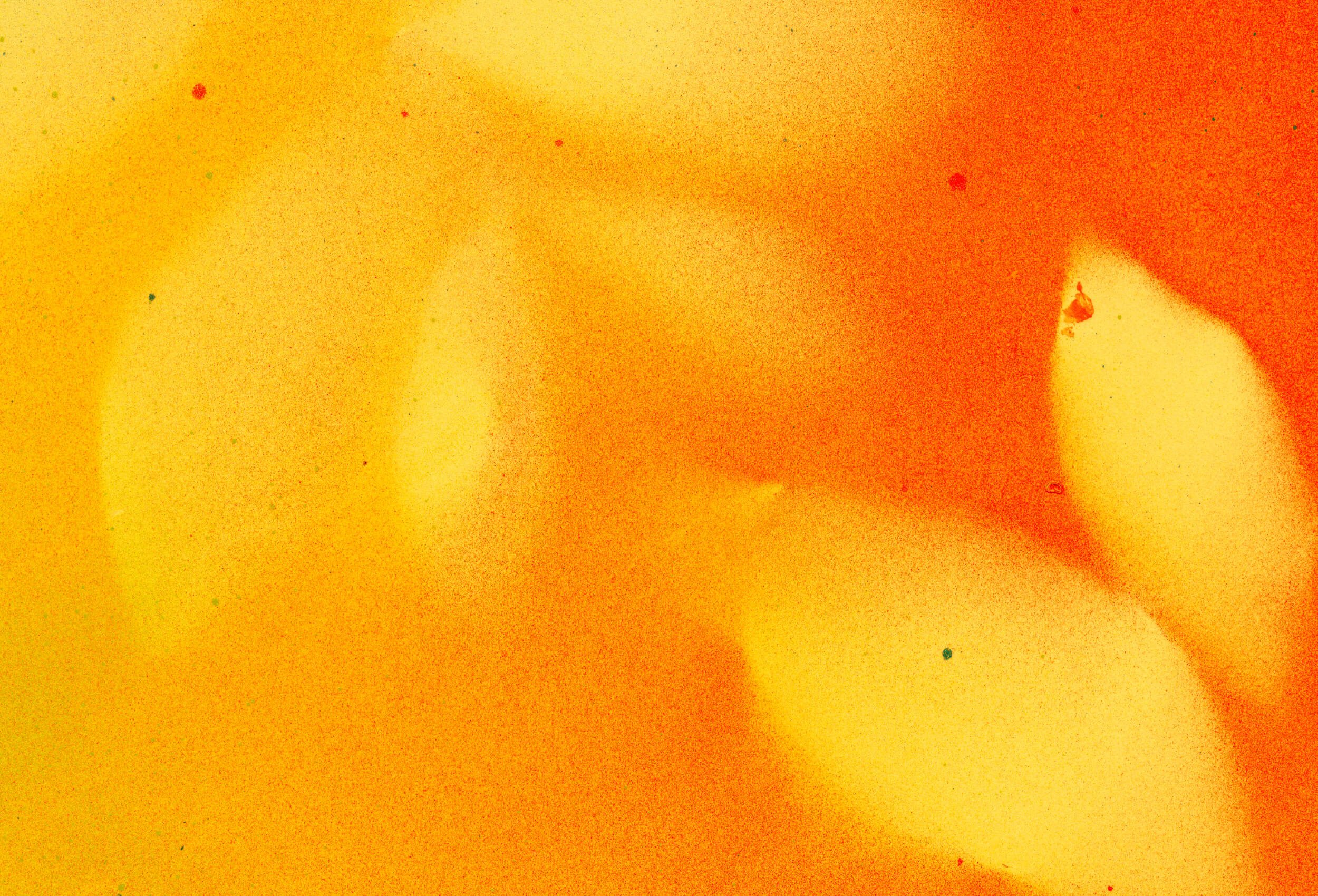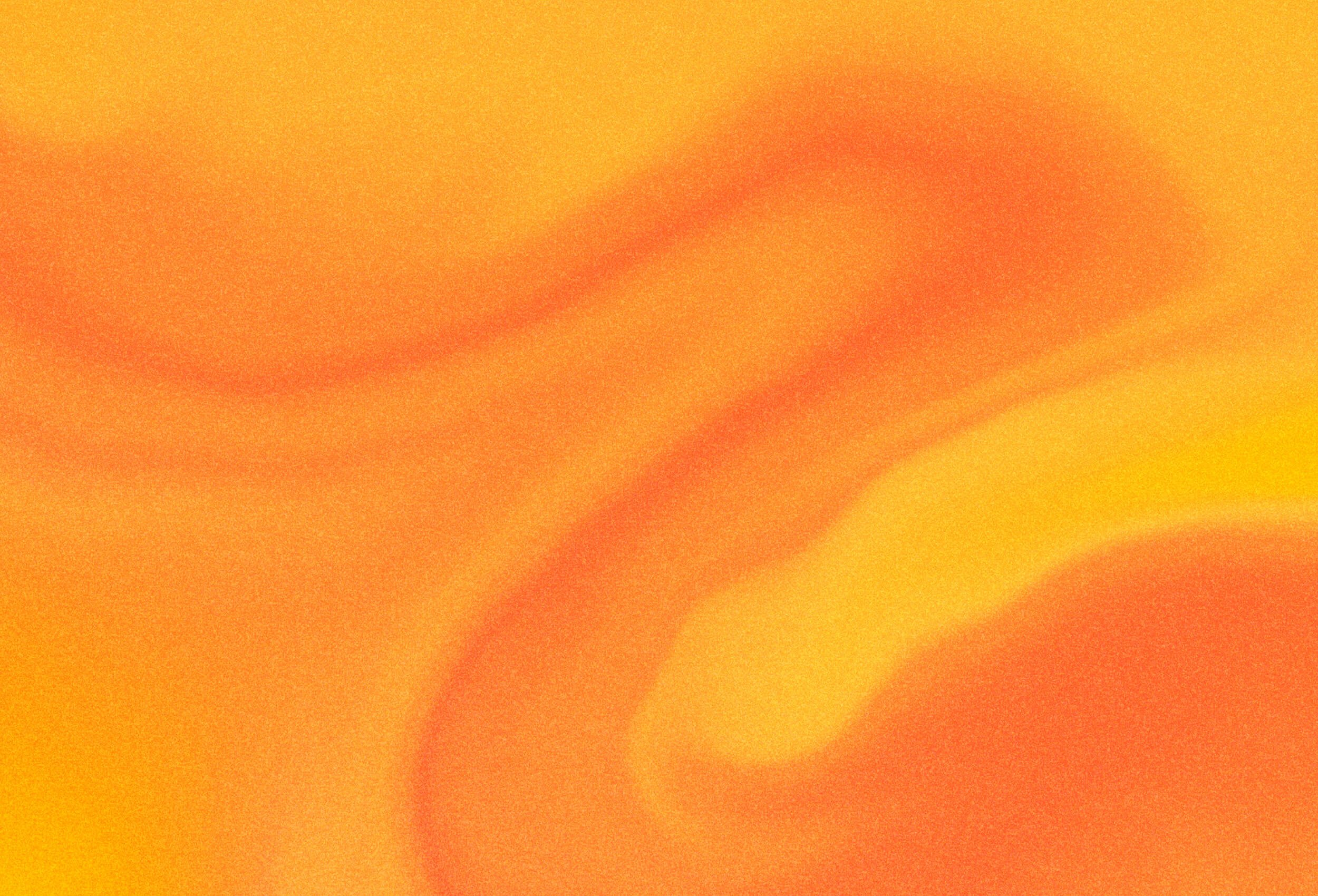
A Field Guide to Sweat Bathing
Sweat bathing is commonly practiced by people both past and present from all over the world to achieve a wide variety of health and hygiene treatments, as well as a way to help the body and achieve a deep sense of relaxation.

Thermal cycles
With thermal cycles that alternate between hot and cold temperatures – often a key component of the sweat bathing experience – the end result is one that many bathers will testify to improving one’s physical and mental disposition and inducing a euphoric, even transcendent state of being.
We recommend that you spend 15 minutes in the sauna, and 15 minutes cooling down. Repeat as many times as you like within your 2 hour session!

Global practices
Sweat bathing is a global practice that goes by many names around the world: saunas in Finland, hammams in Turkey, banyas in Russia, jimjilbangs in Korea, thermaes in Ancient Rome and the mushi-buro or onsen in Japan.
The common denominator among global sweat bathing practices is not just the pleasurable and beneficial physical experience, but the vital element of social connection that sweat bathing practices have provided to those who partake in this time-honoured tradition.

Health Benefits
There are many benefits for both body and mind attributed to sweat bathing, some researched and some anecdotal. The following benefits are what made us fall in love with the practice and ultimately inspired Public Sweat.
Stress relief
Take some time to slow down and give your mind some much needed rest.
Relaxation
Your body works hard so give your joints and muscles the care they deserve.
Social connection
The intimate setting of the sauna is conducive to engaging in conversation, helping to strengthen friendships.
It just feels good!
At the end of the day this is benefit enough?

Our Sweat Search
In July 2022, Public Sweat’s core team members, Chris Foster, Layne Hinton and Rui Pimenta had an opportunity to travel to Norway and Finland to get a first hand experience of the sauna culture in those countries. This research travel trip was generously supported by the Embassies of Norway and Finland in Ottawa and facilitated by Art Spin’s involvement in Nordic Bridges, a Canada wide cultural initiative that took place in 2022, aiming to build meaningful cultural connections between Nordic countries and Canada.
Given the deeply embodied and social nature of sweat bathing we knew the only way to really gain a better understanding of these particular sweat bathing cultures was to experience them in person. There were many inspiring takeaways along our journey of 60 saunas in 30 days, as well as many colourful and interesting personalities who were more than eager to share their love and knowledge of sauna with us. We experienced the oldest public sauna in Finland, visited the sauna capital of the world, tried a sauna made from a dumpster, and witnessed one sauna fire. We’re so grateful to everyone we met with, including sauna operators, builders, artists and thinkers.

Land Acknowledgement
Public Sweat is located on the shores of Lake Ontario in Tkaronto, covered by Treaty 13, and is the traditional territory of the Huron-Wendat, Haudenosaunee, and Anishinaabe peoples, including the Mississaugas of the Credit First Nation. It continues to be home to Indigenous peoples from across Turtle Island and around the world, many of whom are increasingly and creatively naming, resisting and reclaiming histories of colonial violence and erasure.We are grateful to have the opportunity to work and live here,we acknowledge our privilege as settlers on these lands,our events and activities would not be possible without the care and stewardship of Indigenous peoples over thousands of years.

A note from the curators
Why you won’t find an Indigenous sweat lodge at Public Sweat
In developing this project members of our team met with local Indigenous artists and other Indigenous leaders and Elders to better understand the historical traditions and current practices of the sweat lodge. Through these conversations we learned that while all sweat bathing traditions share important similarities through health, pleasure and social connection, Indigenous sweat lodges are distinct in fundamental ways related to the sacred and deeply spiritual role they serve and as a place for conducting ceremonies that concern healing, purification and enlightenment. In light of these profound differences, we have come to understand that the inclusion of sweat lodge culture in our project would be inappropriate and insensitive. The sweat lodge is a custom that is practiced by Indigenous people for Indigenous people and should not be reduced to the level of commodification for cultural consumption by non-Indigenous audiences.
Various oppressive and violent colonial policies, such as the Federal Government's Indian Act, prohibited the sweat lodge in Canada until as recently as 1951. Despite this, and as a result of ongoing resistance, the sweat lodge remains a vital cultural practice in many Indigenous communities throughout Canada and North America. Thank you to the indigenous artists, Elders, partners and collaborators who helped to educate the Public Sweat team as we explored this topic.



























